Green-Wing Macaw (Red and Green Macaw): Bird Species Profile
Updated on 04/26/24
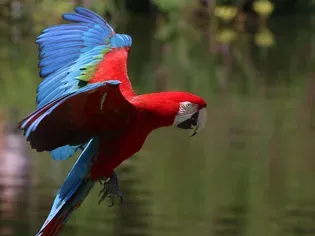
Enchanting Emerald and Crimson: Unveiling the Green-Wing Macaw
Introduction
Prepare to be captivated by the vibrant hues and captivating allure of the Green-Wing Macaw (Ara chloroptera). These extraordinary parrots, adorned in a kaleidoscope of emerald and crimson, have captivated aviculturists and bird enthusiasts worldwide. Join us on an enthralling journey into the world of this magnificent species, exploring their captivating characteristics, fascinating behaviors, and unique care requirements.
Taxonomic Classification and Morphology
- Kingdom: Animalia
- Phylum: Chordata
- Class: Aves
- Order: Psittaciformes
- Family: Psittacidae
- Genus: Ara
- Species: Ara chloroptera
Green-Wing Macaws are medium-sized parrots, typically ranging from 80 to 90 centimeters in length and weighing around 1.2 to 1.5 kilograms. Their plumage is a striking combination of emerald green on their back and wings, with deep scarlet feathers adorning their head, chest, and upper tail. They boast a distinctive yellow patch on their cheeks, a black bill, and dark brown irises. Their long, pointed tail adds a graceful touch to their overall appearance.
Captivating Habitats and Distribution
Green-Wing Macaws are native to the tropical forests of Central and South America, spanning from eastern Panama to western Amazonian Brazil and Bolivia. They inhabit a wide range of habitats, including humid forests, foothills, and savannas. These birds are primarily found at altitudes ranging from sea level to 1,500 meters.
Social Behavior and Communication
Green-Wing Macaws are highly social creatures that live in flocks of up to 50 individuals. Within their flocks, they establish strong bonds and communicate through a complex repertoire of vocalizations and body language. Their calls range from piercing screams to soft, melodic melodies, each serving a specific purpose in their social interactions.
Examples of Vocalizations:
- Contact calls: High-pitched screams or squawks used to maintain contact within the flock.
- Alarm calls: Harsh, guttural calls uttered in response to potential threats.
- Courtship calls: Soft, musical notes exchanged between potential mates.
Diet and Feeding Habits
Green-Wing Macaws are primarily frugivores, with fruits and nuts constituting the majority of their diet. They exhibit a preference for fruits with hard outer shells, utilizing their powerful beaks to crack them open. Additionally, they consume seeds, blossoms, insects, and occasionally small animals.
Examples of Food Sources:
- Fruits: Palm fruits, bananas, mangoes, figs
- Nuts: Macadamia nuts, almonds, walnuts
- Seeds: Sunflower seeds, pumpkin seeds
- Insects: Crickets, grasshoppers
Reproduction and Life Cycle
Green-Wing Macaws reach sexual maturity at around 3 to 4 years of age. They are monogamous birds, forming long-term pair bonds that typically last for life. The breeding season varies depending on the region, but generally occurs during the dry season.
- Nest: They nest in tree cavities at heights of up to 20 meters. Both parents participate in excavating the nest.
- Eggs: Females typically lay 2 to 3 eggs, which they incubate for approximately 26 to 28 days.
- Chicks: The chicks hatch altricial, meaning they are born naked and helpless. Both parents feed and care for the young until they fledge at around 12 to 14 weeks of age.
Threats and Conservation Status
Green-Wing Macaws face various threats to their survival, including habitat loss, hunting, and illegal pet trade. Deforestation for agricultural purposes and urbanization has reduced their natural habitats. Hunting for their feathers and meat is also a significant concern.
The International Union for Conservation of Nature (IUCN) has classified the Green-Wing Macaw as Vulnerable, recognizing the species' susceptibility to population decline. Conservation efforts are underway to protect their habitats and reduce illegal activities.
Keeping Green-Wing Macaws as Pets
While Green-Wing Macaws are captivating and intelligent birds, they require extensive care and specialized knowledge to thrive in captivity. Their exceptional intelligence and social nature make them demanding pets, and their large size necessitates a spacious enclosure.
- Enclosure: They require a sturdy aviary that provides ample space for flying and climbing.
- Diet: A varied diet consisting of fruits, vegetables, nuts, seeds, and pellets is essential.
- Socialization: Regular interaction and socialization with humans are crucial for their well-being.
- Toys: Providing them with stimulating toys helps to prevent boredom and promote mental enrichment.
Conclusion
The Green-Wing Macaw is a magnificent avian marvel, captivating hearts with its vibrant plumage and enchanting presence. Its complex behaviors, social interactions, and ecological significance make it a subject of fascination among bird enthusiasts and conservationists alike. While they can be demanding companions in captivity, their intelligence and captivating nature make them unforgettable companions for those who are prepared to provide them with the exceptional care they deserve.
By raising awareness about these extraordinary creatures, we can contribute to their conservation and ensure that future generations can marvel at their splendor.
Explore More Pets
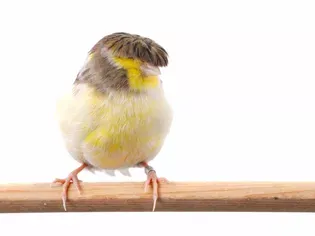
Small Bird Breeds
Gloster Canary: Bird Species Profile
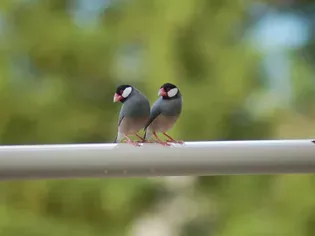
Small Bird Breeds
Java Finch: Bird Species Profile
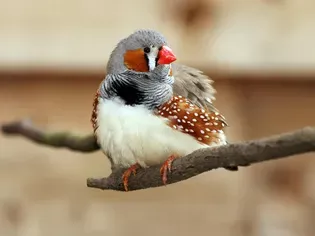
Small Bird Breeds
Zebra Finch (Chestnut-Eared Finch): Bird Species Profile
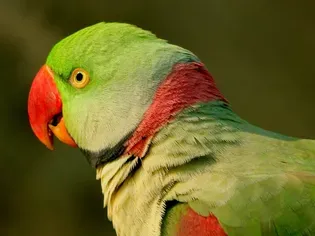
Small Bird Breeds
Alexandrine Parakeet: Species Characteristics & Care
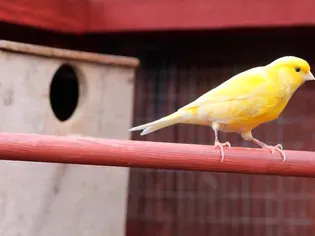
Small Bird Breeds
Canary: Bird Species Profile
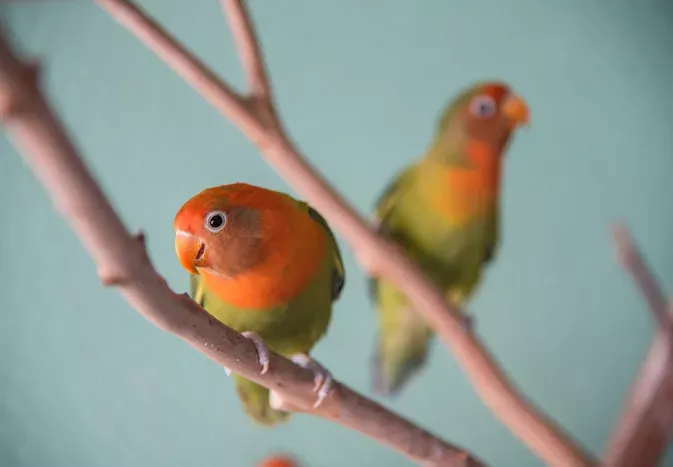
Small Bird Breeds
Lovebird (Pocket Parrot) Species Profile
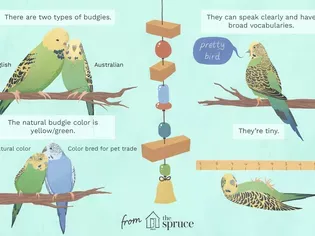
Small Bird Breeds
A Guide to Pet Budgie Birds
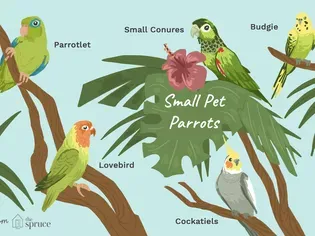
Small Bird Breeds
Types of Small Parrots